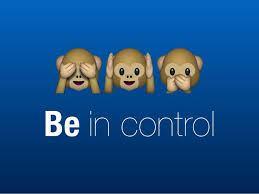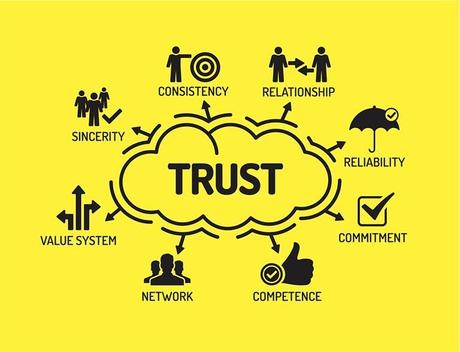Managing organizations are in essence establishing coordinating mechanisms.
Below we argue that most organizations use Control, that is setting up formal processes of assigning, evaluating, and regulating resources in order to accomplish an organization’s goals. This is the generally accepted standard approach to organizing.
But can we escape from that?
Standard Thinking: Control

Most organisations and governments rely on just three coordination mechanisms. They are all aimed at exercising supervision. The organizing process is deemed to have been effective if pre-planned steps have been completed and the pre-determined result has been achieved.
Direct supervision, is achieved by having one person issue orders or instructions to several others whose work interrelates (as when a boss tells others what is to be done, one step at a time).
Standardization of work processes, which achieves coordination by specifying the work processes of people carrying out interrelated tasks (those standards usually being developed in the technostructure to be carried out in the operating core, as in the case of the work instructions that come out of time-and-motion studies).
Standardization of outputs, which achieves coordination by specifying the results of different work (again usually developed in the technostructure, as in a financial plan that specifies subunit performance targets or specifications that outline the dimensions of a product to be produced).
Alternatives: Results
In this design option it is assumed that employees themselves are able to get results by:
Mutual adjustment, which achieves coordination by the simple process of informal communication (as between two operating employees).

Standardization of skills (as well as knowledge), in which different work is coordinated by virtue of the related training the workers have received (as in medical specialists – say a surgeon and an anesthetist in an operating room –responding almost automatically to each other’s standardized procedures).
Standardization of norms, in which it is the norms infusing the work that are controlled, usually for the entire organization, so that everyone functions according to the same set of beliefs (as in a religious order).
Machine bureaucracy

It will come as no surprise that Control Thinking leads to avoidance of responsibility. ¨It was not my problem¨, ¨I followed the procedures¨, ¨I did just what my superior wanted¨. The dominant thinking is that if the steps are followed, the results will follow automatically.
In fact, we don’t even have to look at the result anymore. In this kind of organizations we will note that the employees are dependent, will not learn and that there will be many (semi) legal proceedings pending. This kind of machine bureaucracy is highly efficient and brought us propesity never seen in history before. And attractive as well, it is simple and easy to implement. It can be computerized. It has become the dominant type of thinking how you can best organize your organization?
But is that still the case, and isn’t that going to change anytime soon?
Not Machine Bureaucracy
Mutual adjustment, standardization of skills and standardization of norms are focused on the capacities of the individual. It takes considerably more effort to manage. How to influence the conditions of mutual coordination of activities? What confidence should be placed in followed education and training of workers, and how to assess their skills? How to set good ethical and behavioral values in an organization?
That is not straightforward, simple and not easy. And worse, not measurable.
And yet, as soon as you walk into an office or company, you immediately know whether the business is running smoothly.

At this moment, we will mainly see this type of (nearly) Not Machine Bureaucracies in organisations with professionals ( research labs, operating rooms, space shuttles, special operations warfare, airplane crews), because the environment is so complex and uncertain that an unambiguous description and measurement of tasks is not possible. Also, we see this type of Not Machine Bureaucracies in Innovative Organisations – companies that are developing new innovative products and services.
Future
The problem, however, is that often when non-bureaucratic organizations must become more efficient (more profitable), managers fall back on Control mechanisms, instead of enforcing coordination mechanisms based on mutual adjustments, better skills and cultural norms. It is a reflex that is at odds with what the business really needs.

Notwithstanding that, we suppose that in future many more businesses will use coordination mechanisms focused on attaining results and less on control in still now unexpected areas of business. Why? See our series on the consequences of the 4th Industrial Revolution
Related Posts
- Patterns in Organizational Design
- Key Performance (mis) Indicators
- Positive Whistleblower
